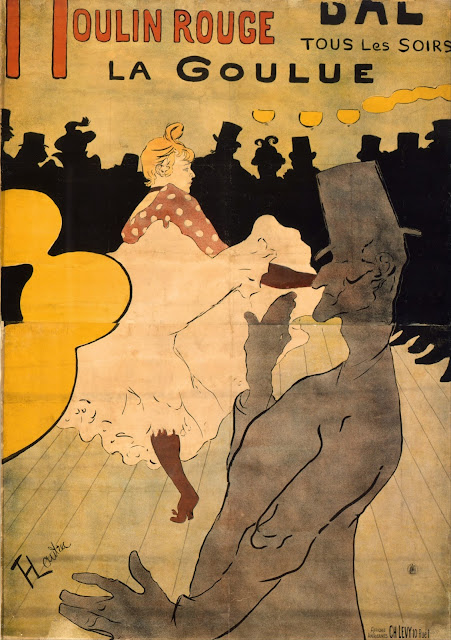It's April Fool's Day so what better to talk about than artists who are known as pranksters. There have been many pranks pulled throughout Art History but here are two artists who stand out the most.
The first is Harvey Stromberg. Now, it's hard to find any actual information about him and his art but we do know that in the early 1970's he got this idea to go to the MoMA and make exact sticker replicas of light switches, air vents, locks, and things like that. So weeks before his "exhibition" he walked around the MoMA and took notes on the structural details to create the realistic looking stickers. When he went to place them he said "When I install a piece, my adrenalin is racing. In fact, its very hard for me to come up with serious reasons why I do it." A lot of his "pieces" stayed up for 2 years before Stromberg held an fake gallery opening with plastic champagne glasses. And that's about all we know about it! A lot of people think it's strictly a prank, others like to think it's art. What's your opinion?
On another hand we have an actual artist who is known for high class pranking, Banksy. Having placed his own work in museums from the British Museum, to the Louvre and the Met, Banksy has done it all and made a statement while doing it.
In 2005 Banksy placed a stone with a cave drawing on it with a caveman pushing a shopping cart in the British Museum's Ancient Artifacts Section. This piece apparently stayed up for 3 days going unnoticed.
 |
| Image from British Museum |
Again in 2005 Banksy smuggled in his works (all Anti-War related) into museums in New York City. Including a fake Andy Warhol print "Discount Soup Can" in the MoMA, "You Have Beautiful Eyes" in the Met, "Soldier with Spraycan" in the Brooklyn Museum, and "Withus Oragainstus" in New York's Natural History Museum.
 |
| Banksy, Discount Soup Can, 2005, Museum of Modern Art |
 |
| Banksy, You Have Beautiful Eyes, 2005, Metropolitan Museum of Art |
 |
| "You Have Beautiful Eyes" in place in the Met |
 |
| Banksy, Soldier with Spraycan, 2005, Brooklyn Museum |
 |
| Banksy, Withus Oragainstus, 2005, Museum of Natural History |
In 2006 Banksy put a life-sized replica of a Guantanamo Bay detainee in Disneyland inside Big Thunder Mountain Railroad ride. It remained there for 90 minutes before the ride was closed down and they removed the statue.
 |
| Image from www.woostercollective.com and BBC News |
And possibly his biggest hoax of all, in 2010 he created a movie "Exit Through the Gift Shop" which was a documentary about Banksy and was nominated for an Oscar for Best Documentary. But there is a lot of debate over whether the documentary is authentic or all fake.
Whether you think it is disrespectful or hilarious, it's great to see someone in the Art World with a sense of humor. Especially on a day like today!!
References/Articles:
http://www.huffingtonpost.com/2012/04/01/the-10-best-art-pranks_n_1388512.html
http://pranksters.com/historical-pranks/
http://www.complex.com/style/2014/04/banksy-hoaxes/#!
http://news.bbc.co.uk/2/hi/5335400.stm
http://www.woostercollective.com/post/a-wooster-exclusive-banksy-hits-new-yorks-most-famous-museums-all-of














%2C_oil_on_canvas%2C_65.1_x_80.6_cm%2C_Minneapolis_Institute_of_Arts.jpg)

%2C_oil_on_canvas%2C_71.1_x_55.9_cm%2C_Tate_Modern%2C_London.jpg)





.jpg)




























